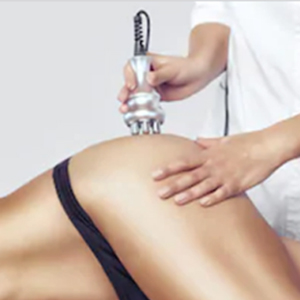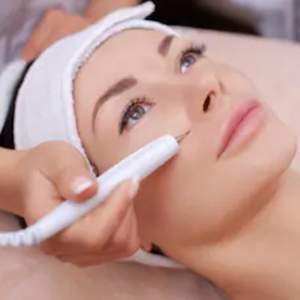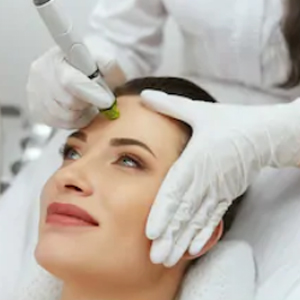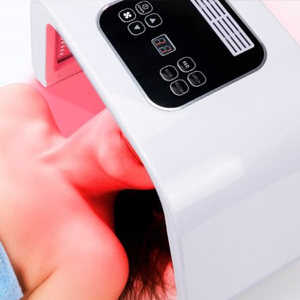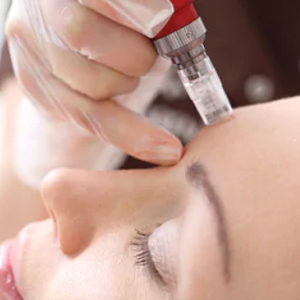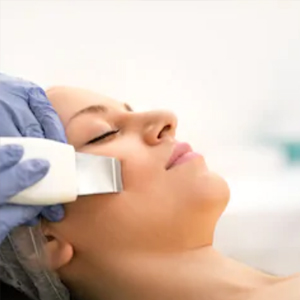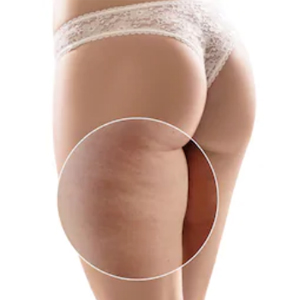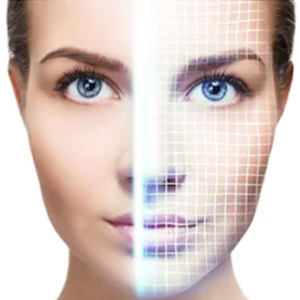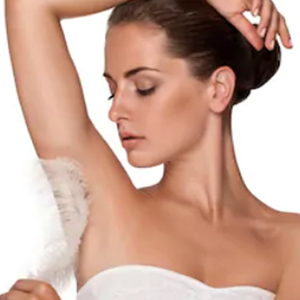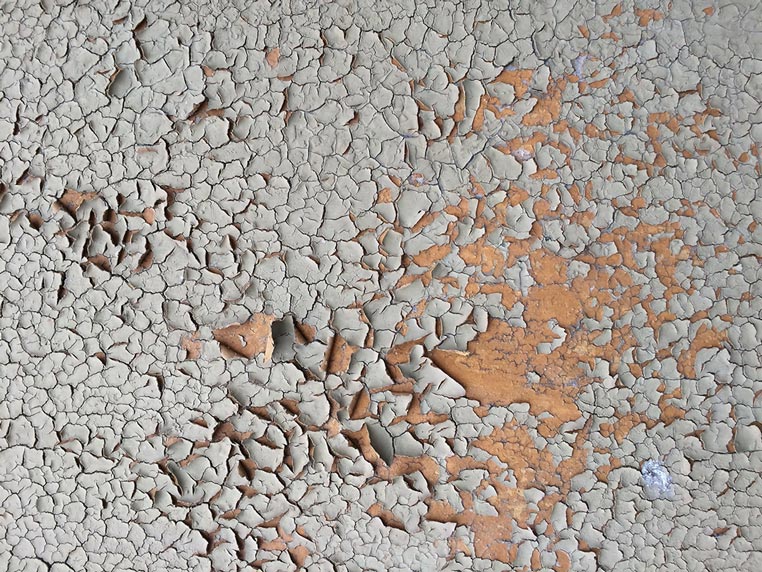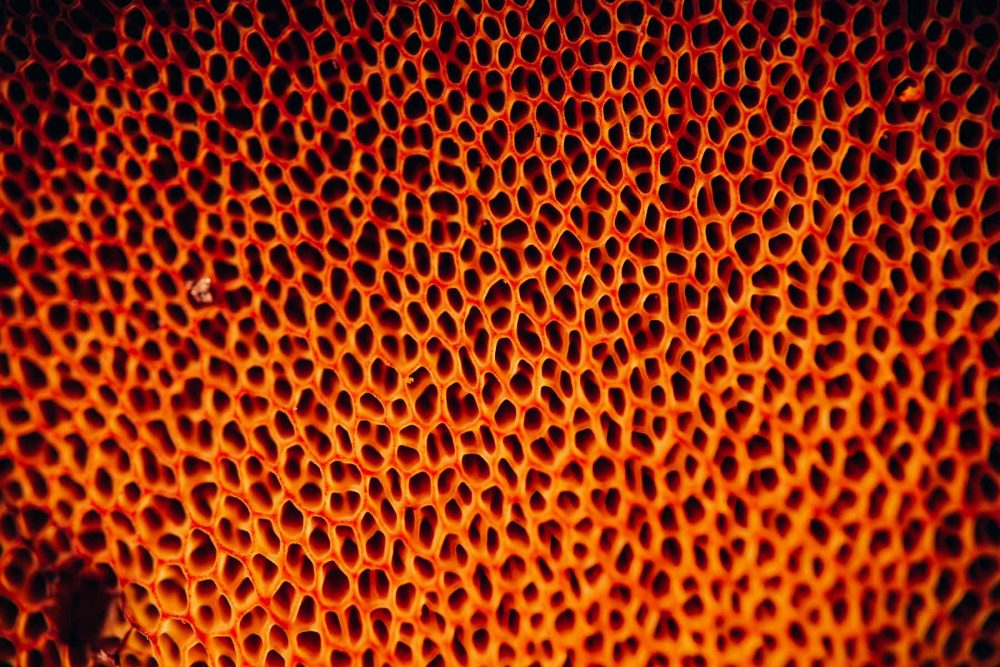How To: Exfoliate
There once was a time when exfoliation was considered to be near-violently scrubbing our face with sharp, broken-up fruit pits. Thankfully, skincare has come a long way and we now know that those old ways of exfoliation often did far more harm than good. So throw away your mother’s St. Ives and say hello to the new ways to exfoliate.
TYPES OF EXFOLIATION
First things first, there are two main methods of exfoliation: mechanical and chemical.
- Mechanical Exfoliation: Involves scrubbing the skin with a granular scrub (or tool such as a Clarisonic Brush or Washcloth) that physically buffs the surface. However, this method has been proven to cause unnecessary microtears in the skin, thereby damaging the natural skin barrier. This leaves our skin prone to sensitivity, susceptible to UV and pollutants, and less able to retain the skin’s hydration levels.
- Chemical Exfoliation: Utilizes acids or enzymes to dissolve dead skin buildup without the need for scrubbing. Opt for AHAs (Alpha Hydroxy Acids) such as glycolic acid, BHAs (Beta Hydroxy Acids) such as Salicylic Acid, which effectively dissolve the ‘glue’ that holds dead skin cells to healthy ones. Fruit enzymes may also be an alternative.for sensitive skin types.
KEYS TO EFFECTIVE EXFOLIATION
The success of your exfoliation regimen will be dependent on 3 main variables: Ingredients, Frequency, and Intensity.
- Ingredients: Regardless of which method, mechanical or chemical, appropriate ingredients are paramount to success. Be cautious and selective, because the last thing you want is irritants that damage your skin’s barrier and vitality, or cause a breakout that can take weeks to settle. Experiment with different ingredients and keep a journal to log down how each reacted to your skin. This will help plan out a long-term skin care strategy.
- Frequency: Properly spaced-out exfoliation treatments are key to glowing skin. When it comes to frequency, most skincare pros agree that 2-3 times per week is plenty. However, higher-strength exfoliants will warrant lower frequency. Other factors to consider are planned exposure to UV (Beach day coming up? Be gentler on your skin) or other active ingredients in your regimen (tretinoin can cause sensitivity, so tread lightly).
- Intensity: Gentler is always better, but with long-term use, you will also be able to build up your skin’s tolerance. With chemical exfoliants, start off with lower intensities or apply for a shorter duration – then work your way up. Similarly, with mechanical exfoliants tools, if there is a strength dial then start off at the lowest setting – or with lower passes over the treatment region.
EXFOLIATION BY SKIN-TYPE
We’re not all cut from the same cloth, and by the same token, our skin types and skin struggles can be as unique as we are. While some mechanical exfoliation has its place, chemical exfoliants have the advantage of being more gentle (less skin pulling and unnecessary abrasion) and also better able to customize to your skin type. Customize your exfoliation practice to your skin profile to really get your skin glowing.
- Dry Skin: Alpha Hydroxy Acids typically suit dry skin the best, as they are excellent at loosening the bonds between the dry skin on top and healthy skin below. AHAs also have the remarkable ability to increase skin’s hydration levels, holding onto moisture leaving skin supple and glowing. Our favourites are lactic and glyclolic acid.
- Oily Skin: Beta Hydroxy Acids, such as salicyclic acid, are staples for those with over-productive oil production. BHAs are able to penetrate deep into pores, cleaning it of oil, debris and dead skin cells. BHAs are also oil-soluble and can really cut through built-up oil.
- Acne-Prone Skin: Acne-prone skin requires special treatments due to the cell-turnover rate, which can be 5x higher than normal skin. Thus, higher-frequency exfoliation is suitable however it’s important to select ingredients with appropriate concentration levels so as to not further irritate the skin or destroy the skin barrier. Also, you definitely want to avoid mechanical exfoliation on areas with active acne as this can cause scarring and damage which can be difficult to reverse. The best thing to do if you have moderate to severe acne is to speak with a dermatologist on which treatments are appropriate for your acne’s severity.
Regular exfoliation is a game changer. With the proper method, it reveals the glowing skin underneath and improves the efficacy of the other products such as serums and creams. Experiment, start slow, and listen to your skin – as effective exfoliation habits will pay dividends the rest of your life.
